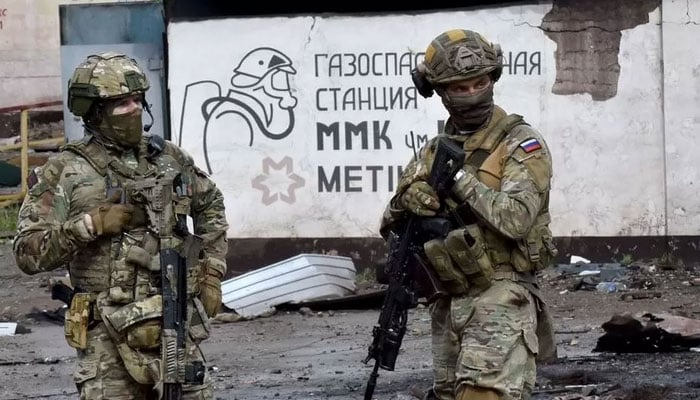
Successive Indian governments’ failure to prosecute those most responsible for killings and other abuses during the 1984 anti-Sikh violence highlights India’s weak efforts to combat communal violence. The Indian government should seek police reforms and to enact a law against communal violence that would hold public officials accountable for complicity and dereliction of duty.
Ten government-appointed commissions and committees have investigated the deadly attacks against thousands of Sikhs in 1984 following the assassination of Prime Minister Indira Gandhi by her Sikh bodyguards. Independent civil society inquiries found complicity by both police and leaders of Gandhi’s Congress Party. Yet, three decades later, only 30 people, mostly low-ranking Congress Party supporters, have been convicted for the attacks that resulted in thousands of deaths and injuries. No police officer has been convicted, and there were no prosecutions for rape, highlighting a comprehensive failure of the justice system.
“India’s failure to prosecute those most responsible for the anti-Sikh violence in 1984 has not only denied justice to Sikhs, but has made all Indians more vulnerable to communal violence,” said Meenakshi Ganguly, South Asia director at Human Rights Watch. “The authorities repeatedly blocked investigations to protect the perpetrators of atrocities against Sikhs, deepening public distrust in India’s justice system.”
To address the 1984 abuses and the continuing problem of communal violence, Human Rights Watch urged the authorities in India to:
Establish an independent, time-bound investigation into the 1984 violence cases, including the 237 cases closed by police, with the authority to recommend cases for prosecution.
Create a police complaints authority both at the state and district levels, as recommended by the Supreme Court, that would investigate public complaints of serious police misconduct.
Establish an effective witness protection program to end the intimidation, threats, and harassment of victims and witnesses such as occurred after the 1984 attacks.
Enact pending laws against communal violence, compliant with international human rights standards, that would make state officials liable for failure to act to prevent and stop communal violence, including as a matter of superior responsibility. Adopt measures on nondiscrimination for displaced people, access to relief, and voluntary return and resettlement in line with the United Nations Guiding Principles on Internal Displacement, and on the right to redress in line with the UN Basic Principles and Guidelines on Remedy and Reparation.
“Thirty years since the horrific massacre, communal violence still breaks out in India, raising the same concerns about accountability,” Ganguly said. “The Indian government’s failure to take even rudimentary steps to bring to justice the authors of the 1984 violence has perpetuated a climate of lawlessness that demands a renewed commitment to ending state complicity in such attacks.”
The attacks were made in a systematic manner and without much fear of the police; almost suggesting that they were assured that they would not be harmed while committing those acts and even thereafter. Male members of the Sikh community were taken out of their houses. They were beaten first and then burnt alive in a systematic manner. In some cases tyres were put around their necks and then they were set on fire by pouring kerosene or petrol over them. In some cases white inflammable powder was thrown on them which immediately caught fire thereafter. This was a common pattern which was followed by the big mobs which had played havoc in certain areas. The shops were identified, looted and then burnt. Thus what had initially started, as an angry outburst became an organized carnage.
In 2005, during a discussion in parliament on the Nanavati report, then-Prime Minister Manmohan Singh of the Congress Party, himself a Sikh, apologized for the 1984 anti-Sikh violence. He said: “I have no hesitation in apologising not only to the Sikh community but the whole Indian nation because what took place in 1984 is the negation of the concept of nationhood and what is enshrined in our Constitution. So, I am not standing on any false prestige. On behalf of our Government, on behalf of the entire people of this country, I bow my head in shame that such thing took place.” But at the same time, Singh failed to accept the government’s responsibility for the killings: “The Report is before us, and one thing it conclusively states is that there is no evidence, whatsoever, against the top leadership of the Congress Party.”
Numerous reports and investigations by civil society groups and eyewitness accounts have shown that such well-organized mass killings could not have happened without the complicity of the state. Shortly after the violence, a fact-finding team organized by two Indian human rights organizations, the People’s Union for Democratic Rights (PUDR) and the People’s Union for Civil Liberties (PUCL), published a report on its investigation into the cause of the Delhi riots, Who Are the Guilty? The groups concluded that the violence was the result of a “well-organised plan marked by acts of both deliberate commissions and omissions by important politicians of the Congress (I) at the top and by authorities in the administration.”
The manner in which the trail of the riot cases had proceeded is unthinkable in any civilised country. In fact, the inordinate delay in trial of the rioters had legitimised the violence and the criminality. A system which permits the legitimised violence and criminals through the instrumentalities of the state to stifle the investigation, cannot be relied upon to dispense basic justice uniformly to the people. It amounts to a total wiping out of the rule of law.
Courtesy Human Rights Watch


